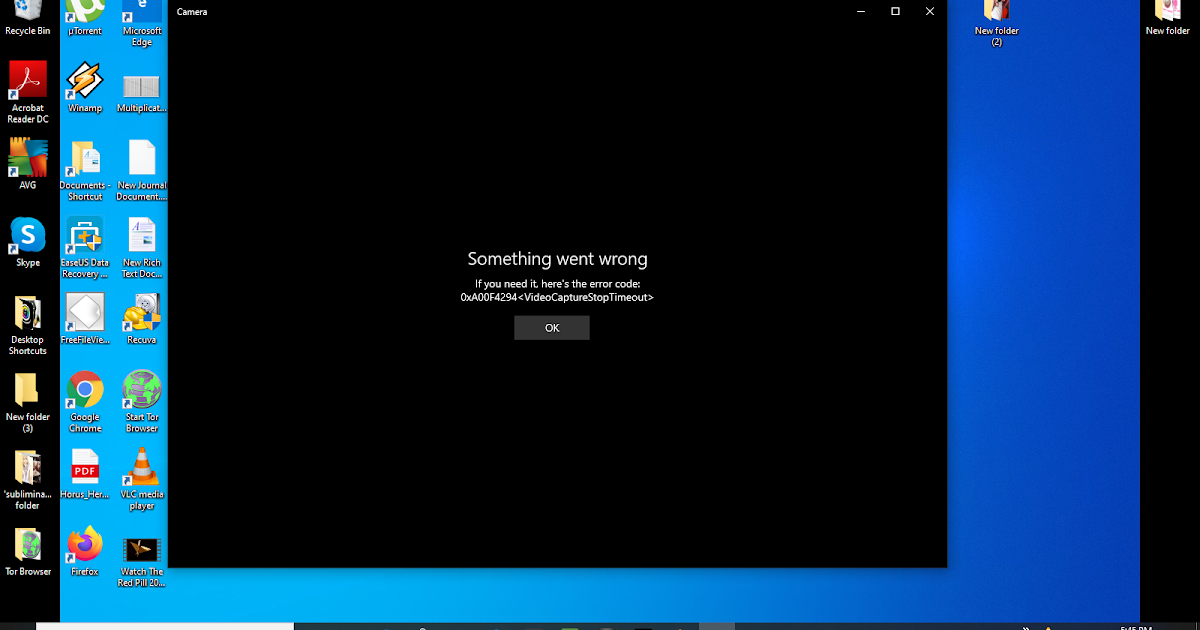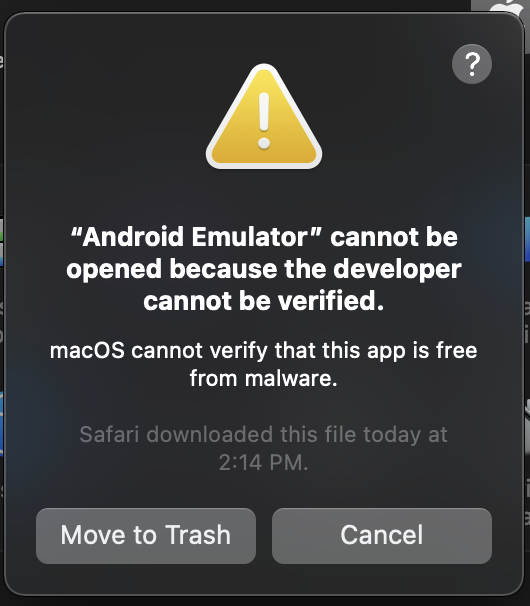Fireworks Mania An Explosive Simulator Free Download Repack Final Full Crack Patch + Full Version Free PC Windows Free Download Fireworks Mania An Explosive Simulator Crack Game Repack Final Latest Full Version is a small casual explosive simulator game DIRRECT DL LINKS: Windows Download macOS Download iOS Download Android Download TITLE: Fireworks Mania An Explosive SimulatorGENRE:Action. MEmu is a gamer-oriented Android Emulator with tons of features that every single gamer is.
-->Many mobile applications consume web services. During the development phase, it's common to deploy a web service locally and consume it from a mobile application running in the iOS simulator or Android emulator. This avoids having to deploy the web service to a hosted endpoint, and enables a straightforward debugging experience because both the mobile application and web service are running locally.
Mac OS X El Capitan is the next step above Yosemite. This small simulator allows you to test the features of the OS before it is released next year! If you need help using the simulator, please message me via email (sabirmayo2@outlook.com) and I will reply as fast as I can.
Ranch Simulator Download Android, Download Ranch Simulator APK latest version, this game is for you, If you are bored from playing arcade and action games and you wanna play a new kind of game then download and install the latest simulation game “ranch simulator for android” on your android device for free. 1# Bluestacks Android Emulator for macOS. Certain emulators are easy to install and run. Bluestacks Android Emulator for macOS is a cross-platform App that supports games that allow you to enjoy lossless quality. And its current number of users of the program exceeds 130 million. The program is embedded in layer-cake technology.
Mobile applications running in the iOS simulator or Android emulator can consume ASP.NET Core web services that are running locally, and exposed over HTTP, as follows:
- Applications running in the iOS simulator can connect to local HTTP web services via your machines IP address, or via the
localhosthostname. For example, given a local HTTP web service that exposes a GET operation via the/api/todoitems/relative URI, an application running in the iOS simulator can consume the operation by sending a GET request tohttp://localhost:<port>/api/todoitems/. - Applications running in the Android emulator can connect to local HTTP web services via the
10.0.2.2address, which is an alias to your host loopback interface (127.0.0.1on your development machine). For example, given a local HTTP web service that exposes a GET operation via the/api/todoitems/relative URI, an application running in the Android emulator can consume the operation by sending a GET request tohttp://10.0.2.2:<port>/api/todoitems/.
However, additional work is necessary for an application running in the iOS simulator or Android emulator to consume a local web service that is exposed over HTTPS. For this scenario, the process is as follows:
- Create a self-signed development certificate on your machine. For more information, see Create a development certificate.
- Configure your project to use the appropriate
HttpClientnetwork stack for your debug build. For more information, see Configure your project. - Specify the address of your local machine. For more information, see Specify the local machine address.
- Bypass the local development certificate security check. For more information, see Bypass the certificate security check.
Each item will be discussed in turn.
Create a development certificate
Installing the .NET Core SDK installs the ASP.NET Core HTTPS development certificate to the local user certificate store. However, while the certificate has been installed, it's not trusted. To trust the certificate, perform the following one-time step to run the dotnet dev-certs tool:
The following command provides help on the dev-certs tool:
Alternatively, when you run an ASP.NET Core 2.1 project (or above), that uses HTTPS, Visual Studio will detect if the development certificate is missing and will offer to install it and trust it.
Note
The ASP.NET Core HTTPS development certificate is self-signed.
For more information about enabling local HTTPS on your machine, see Enable local HTTPS.
Configure your project
Xamarin applications running on iOS and Android can specify which networking stack is used by the HttpClient class, with the choices being a managed network stack, or native network stacks. The managed stack provides a high level of compatibility with existing .NET code, but is limited to TLS 1.0 and can be slower and result in a larger executable size. The native stacks can be faster and provide better security, but may not provide all the functionality of the HttpClient class.
iOS
Xamarin applications running on iOS can use the managed network stack, or the native CFNetwork or NSUrlSession network stacks. By default, new iOS platform projects use the NSUrlSession network stack, to support TLS 1.2, and use native APIs for better performance and smaller executable size. For more information, see HttpClient and SSL/TLS implementation selector for iOS/macOS.

Android
Xamarin applications running on Android can use the managed HttpClient network stack, or the native AndroidClientHandler network stack. By default, new Android platform projects use the AndroidClientHandler network stack, to support TLS 1.2, and use native APIs for better performance and smaller executable size. For more information about Android network stacks, see HttpClient Stack and SSL/TLS Implementation selector for Android.

Specify the local machine address
The iOS simulator and Android emulator both provide access to secure web services running on your local machine. However, the local machine address is different for each.
iOS
The iOS simulator uses the host machine network. Therefore, applications running in the simulator can connect to web services running on your local machine via the machines IP address or via the localhost hostname. For example, given a local secure web service that exposes a GET operation via the /api/todoitems/ relative URI, an application running on the iOS simulator can consume the operation by sending a GET request to https://localhost:<port>/api/todoitems/.
Note
When running a mobile application in the iOS simulator from Windows, the application is displayed in the remoted iOS simulator for Windows. However, the application is running on the paired Mac. Therefore, there's no localhost access to a web service running in Windows for an iOS application running on a Mac.
Android
Each instance of the Android emulator is isolated from your development machine network interfaces, and runs behind a virtual router. Therefore, an emulated device can't see your development machine or other emulator instances on the network.
However, the virtual router for each emulator manages a special network space that includes pre-allocated addresses, with the 10.0.2.2 address being an alias to your host loopback interface (127.0.0.1 on your development machine). Therefore, given a local secure web service that exposes a GET operation via the /api/todoitems/ relative URI, an application running on the Android emulator can consume the operation by sending a GET request to https://10.0.2.2:<port>/api/todoitems/.
Detect the operating system
The DeviceInfo class can be used to detect the platform the application is running on. The appropriate hostname, that enables access to local secure web services, can then be set as follows:
For more information about the DeviceInfo class, see Xamarin.Essentials: Device Information.
Bypass the certificate security check
Attempting to invoke a local secure web service from an application running in the iOS simulator or Android emulator will result in a HttpRequestException being thrown, even when using the managed network stack on each platform. This is because the local HTTPS development certificate is self-signed, and self-signed certificates aren't trusted by iOS or Android. Therefore, it's necessary to ignore SSL errors when an application consumes a local secure web service. This can be accomplished when using both the managed and native network stacks on iOS and Android, by setting the ServerCertificateCustomValidationCallback property on a HttpClientHandler object to a callback that ignores the result of the certificate security check for the local HTTPS development certificate:
In this code example, the server certificate validation result is returned when the certificate that underwent validation is not the localhost certificate. For this certificate, the validation result is ignored and true is returned, indicating that the certificate is valid. The resulting HttpClientHandler object should be passed as an argument to the HttpClient constructor for debug builds:
Enable HTTP clear-text traffic
Optionally, you can configure your iOS and Android projects to allow clear-text HTTP traffic. If the backend service is configured to allow HTTP traffic you can specify HTTP in the base URLs and then configure your projects to allow clear-text traffic:
iOS ATS opt-out
Android Emulator For Macbook
To enable clear-text local traffic on iOS you should opt-out of ATS by adding the following to your Info.plist file:
Android network security configuration
To enable clear-text local traffic on Android you should create a network security configuration by adding a new XML file named network_security_config.xml in the Resources/xml folder. The XML file should specify the following configuration:
Then, configure the networkSecurityConfig property on the application node in the Android Manifest:
Related links
Fireworks Mania An Explosive Simulator Free Download Repack Final Full CrackPatch + Full Version Free PC Windows
FreeDownload Fireworks Mania An Explosive SimulatorCrackGame Repack Final Latest Full Version is a small casual explosive simulator game…
TITLE: Fireworks Mania An Explosive Simulator
GENRE:Action, Casual, Indie, Simulation
DEVELOPER:Laumania ApS
RELEASE DATE: 17 Dec, 2020
Description Game
Fireworks Mania is an explosive simulator game where you can play with fireworks.
In various low-environment poly environments you can go crazy with all the fireworks you want.
Even though the game was made to be a casual game where players only had fun briefly, the game could easily entertain creative players for hours, because they arranged fireworks or exploring the environment in hunting to explode.
Not two sessions playing the same, because this game is physical based, producing different results every time. This often leads to pleasant moments, when things don’t go according to plan.
Screenshots and Gameplay
System Requirement
MINIMUM:
OS: Windows 7
Processor: i5-2550k
Memory: 4 GB RAM
Graphics: Nvidia GTX 770
DirectX: Version 11
Storage: 1 GB available space
Sound Card: Pretty boring without
RECOMMENDED:
OS: Windows 10
Processor: I5-4690k
Memory: 8 GB RAM
Graphics: Nvidia GTX 970
DirectX: Version 11
Storage: 2 GB available space
Sound Card: Still pretty boring without
How To Install Game Fireworks Mania Crack


Mac Os Android Simulator Free
- Extract
- Play
Fireworks Mania Free Download
DIRRECT FILE DOWNLOADER
Win/Linux: SERVER 1
Mac: DIRECT MAC DL
Android: APK FILE
(136 MB)
GOOGLE DRIVE ZIPPYSHARE